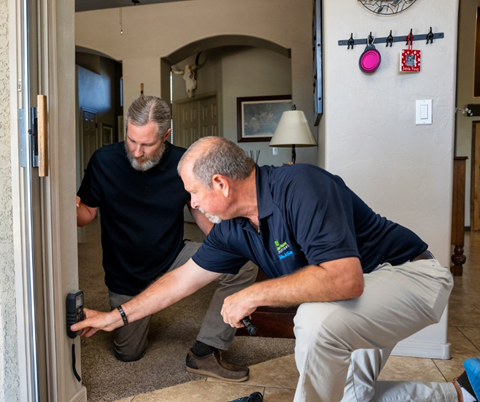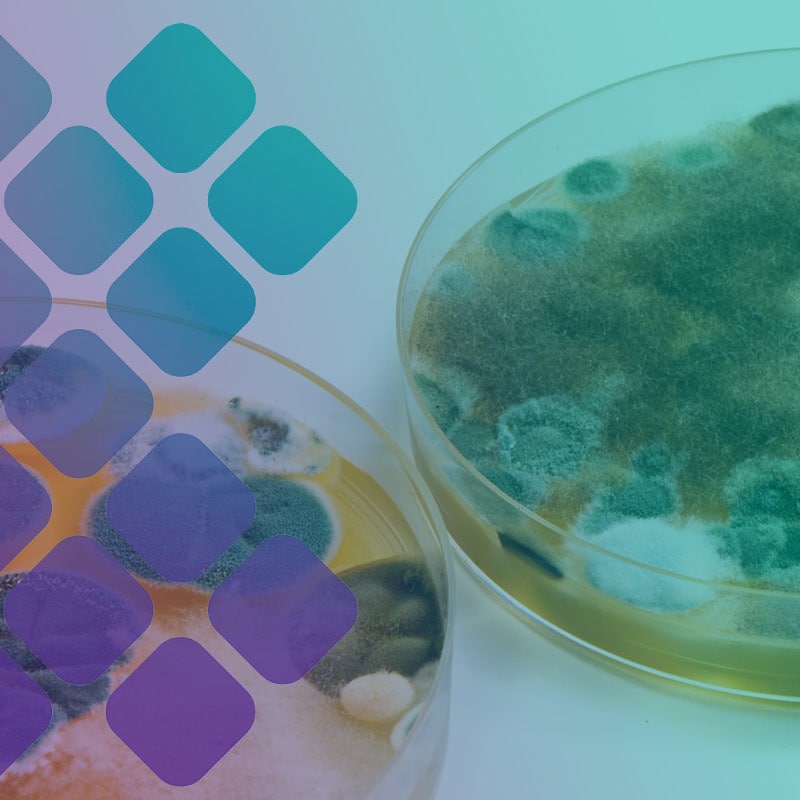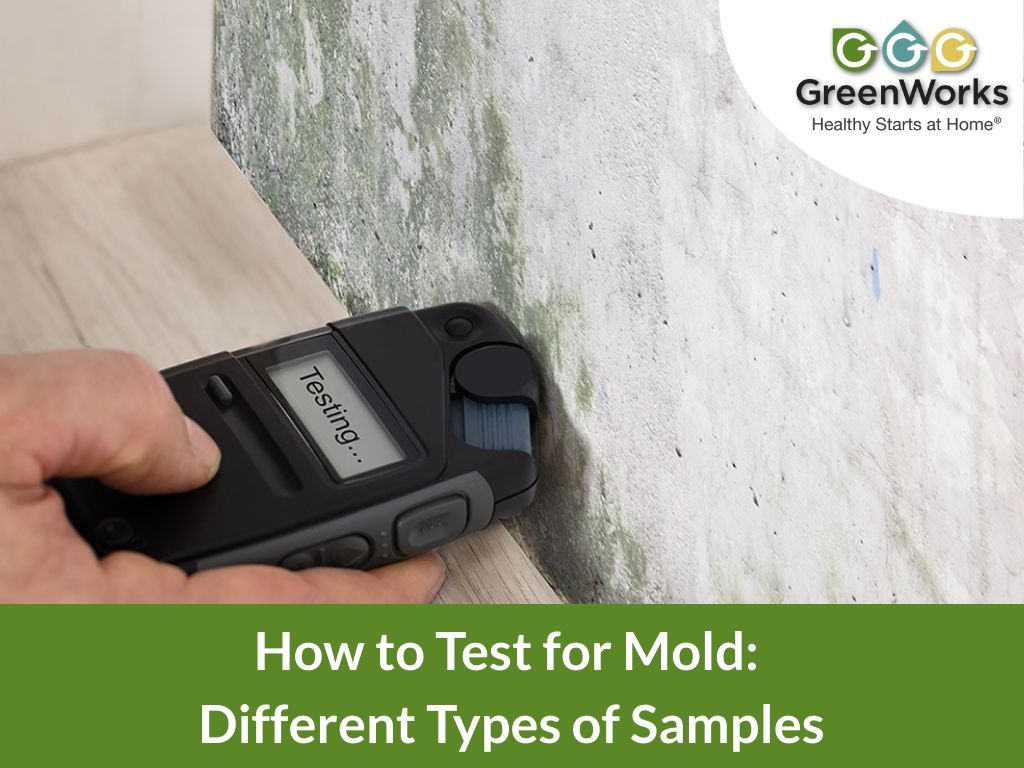The Role of Mycotoxin testing Services in Food and Feed Safety And Security
The Role of Mycotoxin testing Services in Food and Feed Safety And Security
Blog Article
Exactly How Mycotoxin Testing Assists Stop Contamination and Secure Food Supplies

Mycotoxin testing is a crucial technique in the food sector, offering as a frontline defense versus contamination by dangerous toxins produced by mold and mildews. Through the application of sophisticated techniques like High-Performance Fluid Chromatography (HPLC) and Fluid Chromatography-Mass Spectrometry (LC-MS), food producers can properly discover and measure mycotoxin degrees in farming items.
Understanding Mycotoxins
Comprehending mycotoxins begins with recognizing that they are harmful additional metabolites produced by specific molds, which can pollute agricultural products. These metabolites are not crucial for the development or reproduction of the fungis but can have serious implications for animal and human health. Mycotoxins are frequently discovered in staple plants such as corn, wheat, barley, and nuts, where they can multiply under specific problems of wetness and temperature level.
There are numerous sorts of mycotoxins, each created by various fungal types. Aflatoxins, generated by Aspergillus species, are amongst one of the most infamous, recognized for their carcinogenic homes. Another significant group consists of ochratoxins, produced by Aspergillus and Penicillium species, which have nephrotoxic results. Fusarium species produce fumonisins and trichothecenes, both of which are linked with various acute and persistent health issues.

Threats of Mycotoxin Contamination
The risks of mycotoxin contamination are complex, posturing significant threats to both food safety and public health and wellness. Mycotoxins, hazardous compounds generated by certain kinds of fungis, can pollute a large range of agricultural products including cereals, nuts, flavors, dried fruits, and coffee. When these toxins infiltrate the food supply, they can cause major health concerns such as liver damage, kidney failure, and even cancer cells. At risk populations, consisting of children, the senior, and immunocompromised individuals, are particularly in jeopardy.
Economic influences are another major worry. Contaminated crops can lead to substantial monetary losses for farmers and food manufacturers as a result of reduced yields and the need for pricey purification procedures. Moreover, international profession can be significantly prevented as nations impose strict mycotoxin guidelines to shield their populaces, leading to declined shipments and strained trade relationships.
Environmental aspects such as environment adjustment intensify the threat of mycotoxin contamination. Variations in temperature level and humidity can produce beneficial problems for fungal development, increasing the possibility of contamination occasions. Thus, understanding and alleviating these threats are vital for ensuring the safety and integrity of international food materials.
Methods of Mycotoxin Evaluating
Properly identifying mycotoxin contamination in agricultural items is necessary for safeguarding public wellness and keeping food security standards. Different approaches are used to discover and evaluate mycotoxins, each offering certain advantages and constraints.
High-Performance Fluid Chromatography (HPLC) is a widely used technique because of its high level of sensitivity and accuracy. It includes separating mycotoxins from other compounds in an example, allowing exact quantification. Similarly, Fluid Chromatography-Mass Spectrometry (LC-MS) integrates liquid chromatography with mass spectrometry to provide detailed molecular information, making it particularly beneficial for identifying several mycotoxins simultaneously - Mycotoxin testing Services.

Gas Chromatography-Mass Spectrometry (GC-MS) and Thin-Layer Chromatography (TLC) are also utilized, each with distinct applications. GC-MS works for unstable mycotoxins, while TLC supplies a simpler, economical option for preliminary screening.
Advantages of Normal Checking
Normal screening for mycotoxins in farming items offers various benefits, substantially adding to public health and food security. By determining contamination early, regular screening assists avoid helpful resources the distribution of harmful foods, thereby decreasing the danger of mycotoxin-related health problems among customers. This positive method not just safeguards human health and wellness however additionally improves the general top quality of food materials.
Different countries and areas have actually developed stringent restrictions for mycotoxin degrees in food and feed. Adhering to these restrictions via normal testing makes sure that distributors and producers fulfill lawful criteria, consequently avoiding charges and trade obstacles.
In addition, normal mycotoxin screening can lead to significant financial advantages. Early detection of contamination enables for timely intervention, decreasing prospective losses from extensive contamination. Implementing normal screening protocols can additionally minimize recall prices and relevant liabilities, which can be economically devastating.
In addition, routine testing gives important information that can inform far better farming techniques and storage space problems. By comprehending patterns of contamination, producers can take on preventative procedures, thereby contributing and reducing future threats to the sustainability of the food supply chain.
Executing Evaluating Methods
Carrying out efficient mycotoxin testing methods is essential for making certain the security and top quality of agricultural items. Each stage needs to be looked at to identify where mycotoxin contamination is most likely to happen.
When critical control points are determined, choosing appropriate screening methods is necessary. Typical methods consist of enzyme-linked immunosorbent assay (ELISA), high-performance liquid chromatography (HPLC), and mass spectrometry (MS) Each technique has its weak points and strengths; therefore, selecting the proper one have a peek here depends upon the details mycotoxin being evaluated, the called for level of sensitivity, and available sources.

Last but not least, integrating the screening methods right into a detailed food security monitoring system is recommended. This improves traceability and allows speedy corrective actions when contamination is discovered, thus guarding the integrity of the food supply chain.
Conclusion
Mycotoxin testing is essential in stopping contamination and guarding food materials by enabling early detection of dangerous toxins produced by mold and mildews in agricultural products. Normal screening improves brand name credibility, economic security, and depend on in food security by decreasing contamination-related losses and preserving high criteria in food manufacturing.
Mycotoxin testing is a vital method in the food market, offering as a frontline protection versus contamination by damaging contaminants created by molds. An incorporated method involving farming techniques, storage space management, and normal testing can alleviate the dangers connected with mycotoxin contamination, making sure food safety and public health.
The threats of mycotoxin contamination are complex, posturing substantial risks to both food safety and security and public health and wellness.Routine screening for mycotoxins in agricultural products provides countless benefits, significantly contributing to public wellness and food security.Mycotoxin screening is important in avoiding contamination and securing food supplies by making it possible for early discovery of unsafe toxins produced by molds in agricultural items.
Report this page